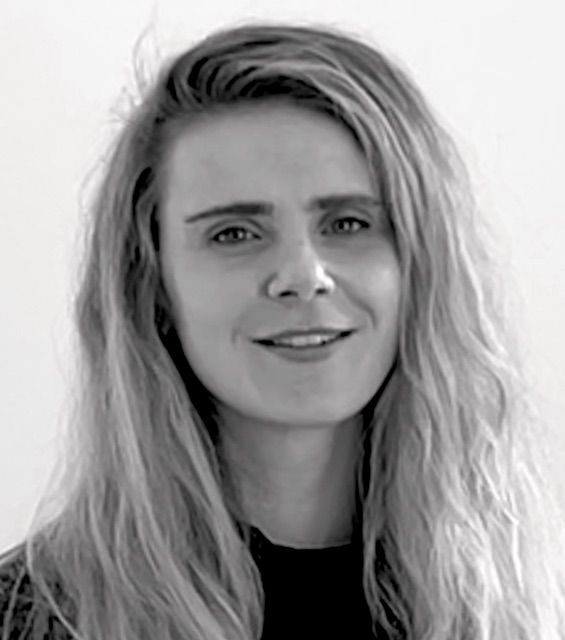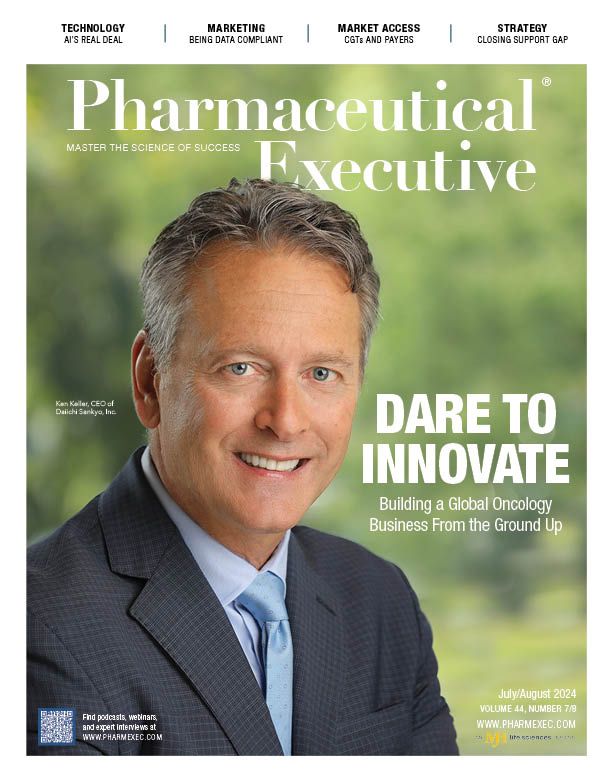Thriving ‘Beyond the Pill’: Closing Key Gap in Patient Support
Why pharma needs to focus on improving—not just extending life.


One of this year’s American Society of Clinical Oncology Meeting standouts was AstraZeneca’s Tagrisso, which in Phase III clinical trial data presented showed to decrease progression in non-small cell lung cancer (NSCLC) by 84%.1 But while such advancements mean that people are living longer—by three-plus years in Tagrisso’s case—they are not necessarily healthier. While longevity is increasing, health spans—or the years people spend disease and disability-free—are reportedly shrinking.2
SURVIVING CAN GIVE RISE TO NEW CHALLENGES
As applied ethnographers, we’ve seen first-hand that more years does not always translate into better quality of life—and survival can often introduce a new set of complexities and challenges overlooked by the industry. Many patients we’ve met are exemplars of the promise of new drug treatments. One survivor, “Dave,” 66, an American retired print salesperson, had been living with stage IV NSCLC for 12 years. When Dave was first diagnosed, he described it as a “death sentence”: five-year-survival rates for the cancer was ~10% at the time. Fortunately outcomes have improved dramatically since: The five-year survival rate across all cancers is up to 63% in the US3 and cancer deaths are down 33% from 1994.4
Yet for folks in our studies like Dave, survival has also introduced new challenges. Even after 12 years, Dave feels ill-at-ease with the idea that, while he had avoided progressions in his disease so far, “it’s like playing Russian roulette, one of these times I’m going to spin the chamber and it’s going to go off.”
Dave is not alone. Other NSCLC survivors, such as “Whitney,” 59, a financial professional in the UK, faced financial challenges upon finding themselves (gladly) with more time but less resources than they had expected following successful treatments. “When I started feeling better, I had to start working full-time again, but they gave me scraps at work. My salary went down, but not my mortgage, ”Whitney says. Alive, but with reduced capacity, she struggled to cover her ongoing expenses.
CAREGIVERS ARE OVERBURDENED
The consequences of extended but not healthier lives go far beyond patients themselves: Caregivers are increasingly overburdened by a growing roster of progressively sicker loved ones. Today, there are over 50 million unpaid caregivers in the US.5 Volunteering their time and money, caregivers assist their loved ones with keeping house, maintaining self-care, and attending doctor’s appointments. But not without a substantial cost. Caregiving comes with increased loneliness, emotional stress, and physical strain6—at worse turning the carers into patients themselves, with half of caregivers, reportedly, getting diagnosed with two or more chronic conditions.7
One of the caregivers we met who openly reflected on the strain was “Eva,” the daughter of patient “Søren,” 69. Pregnant with her first child, Eva’s elated expectation was overshadowed by a constant concern that her father will not be there to see his grandson. In private, she, as many caregivers do, desires momentary relief from the daily uncertainty of what the future may hold for her family: “Sometimes I think it would have been a relief if he did not make it.”
TIME TO FOCUS ON THRIVING
The future of healthcare should emphasize longevity and quality of life equally, actively supporting both patients and caregivers through the years of living with chronic diseases. In an increasingly competitive market of “miracle treatments” that promise to extend lives, we see an increasing need for services that move beyond the realm of surviving, making “thriving” a key differentiator.
Thriving calls for life sciences to establish new wraparound solutions to support patients and caregivers with their everyday challenges. This is an opportunity to equip healthcare professionals with new tools to provide their patients with better care toward a longer, healthier life. We are already seeing inspiring companies such as Athelo Health and PINK! offer access to more education, peer community resources, and “digital companions” that provide long-term support for cancer patients in remission. Likewise, startups such as Forta and Pal partner with clinicians to empower caregivers to deliver medically accurate long-term care to their loved ones.
In an industry shifting its focus from life spans to health spans, the winning life science companies will be those who dare to rethink the value they can provide “beyond the pill,” putting quality of life front and center.
- Marianna Tarvainen contributed research and writing to this article.
Millie P. Arora is US Partner and Tamara Moellenberg is Senior Manager, both with ReD Associates
References
1. Tagrisso Reduced the Risk of Disease Progression or Death by 84% in Patients with Unresectable, Stage III EGFR-Mutated Lung Cancer vs. Placebo in LAURA Phase III Trial. AstraZeneca press release. June 2, 2024. https://www.astrazeneca.com/media-centre/press-releases/2024/tagrisso-reduced-the-risk-of-disease-progression-or-death-by-84-percent-in-patients-with-unresectable-stage-iii-egfr-mutated-lung-cancer-vs-placebo.html
2. Janin, A. Your Healthspan is as Important as Your Lifespan—and it’s Declining. WSJ. January 17, 2024. https://www.wsj.com/health/wellness/americans-unhealthy-chronic-disease-3f35c9f5
3. What Does the Future Hold for Cancer Patients? Bayer. May 24, 2024. https://www.bayer.com/en/news-stories/what-does-the-future-hold-for-cancer-patients#:~:text=In%20the%20US%20for%20example,are%20alive%20after%205%20years.
4. What’s Driving the Improvement in US Cancer Survival Rates? City of Hope. January 26, 2023. https://www.cancercenter.com/community/blog/2023/01/cancer-survival-rates-are-improving
5. The Silver Tsunami: Who will Care for America’s Aging Population? Homethrive. November 1, 2022. https://homethrive.com/the-silver-tsunami-who-will-care-for-americas-aging-population/
6. 2020 Report: Caregiving in the US. AARP and National Alliance for Caregiving. May 2020. https://www.aarp.org/content/dam/aarp/ppi/2020/05/full-report-caregiving-in-the-united-states.doi.10.26419-2Fppi.00103.001.pdf
7. Samuels, C. Caregiver Statistics: A Data Portrait of Family Caregiving. A Place for Mom. June 15, 2023. https://www.aplaceformom.com/senior-living-data/articles/caregiver-statistics

Addressing Disparities in Psoriasis Trials: Takeda's Strategies for Inclusivity in Clinical Research
April 14th 2025LaShell Robinson, Head of Global Feasibility and Trial Equity at Takeda, speaks about the company's strategies to engage patients in underrepresented populations in its phase III psoriasis trials.